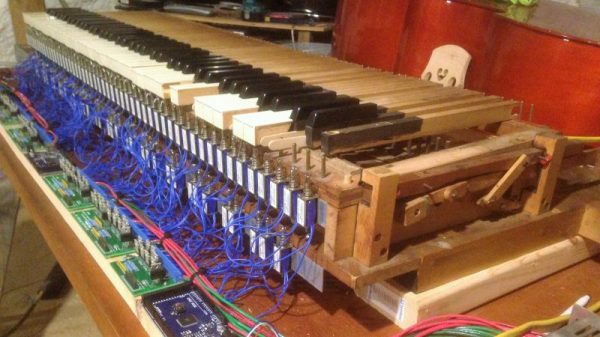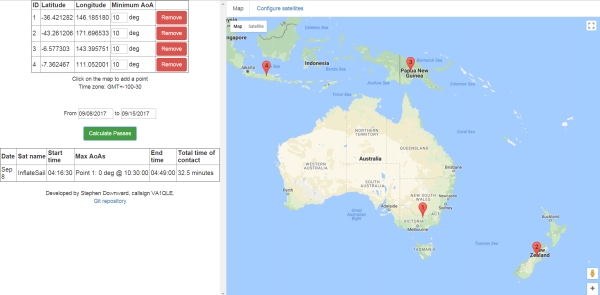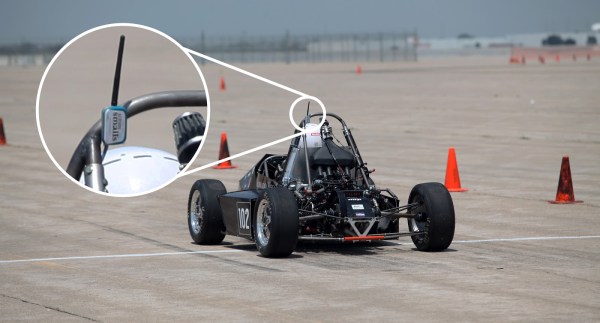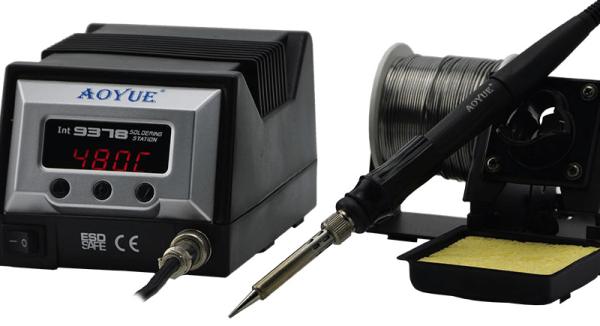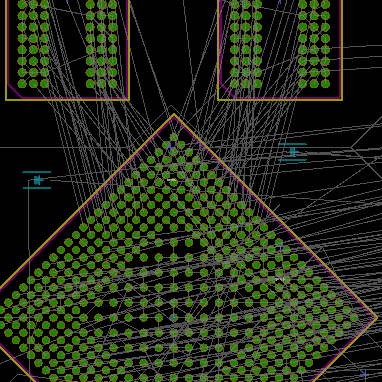There’s talk of robots and AIs taking on jobs in many different industries. Depending on how much stock you place in that, it might still be fair to say the more creative fields will remain firmly in the hands of humans, right?
Well, we may have some bad news for you. Robots are now painting our murals.
Estonian inventor [Mihkel Joala] — also working at SprayPainter — successfully tested his prototype by painting a 30m tall mural on a smokestack in Tartu, Estonia. The creative procedure for this mural is a little odd if you are used to the ordinary painting process: [Joala] first takes an image from his computer, and converts it into a coordinate grid — in this case, about 1.5 million ‘pixels’. These pixels are painted on by a little cart loaded with five colours of spray paint that are able to portray the mural’s full palette once combined and viewed at a distance. Positioning is handled by a motor at the base of the mural controlling the vertical motion in conjunction with tracks at the top and bottom which handle the horizontal motion.
For this mural, the robot spent the fourteen hours trundling up and down a set of cables, dutifully spraying the appropriate colour at such-and-such a point resulting in the image of a maiden cradling a tree and using thirty cans of spray paint in the process.


